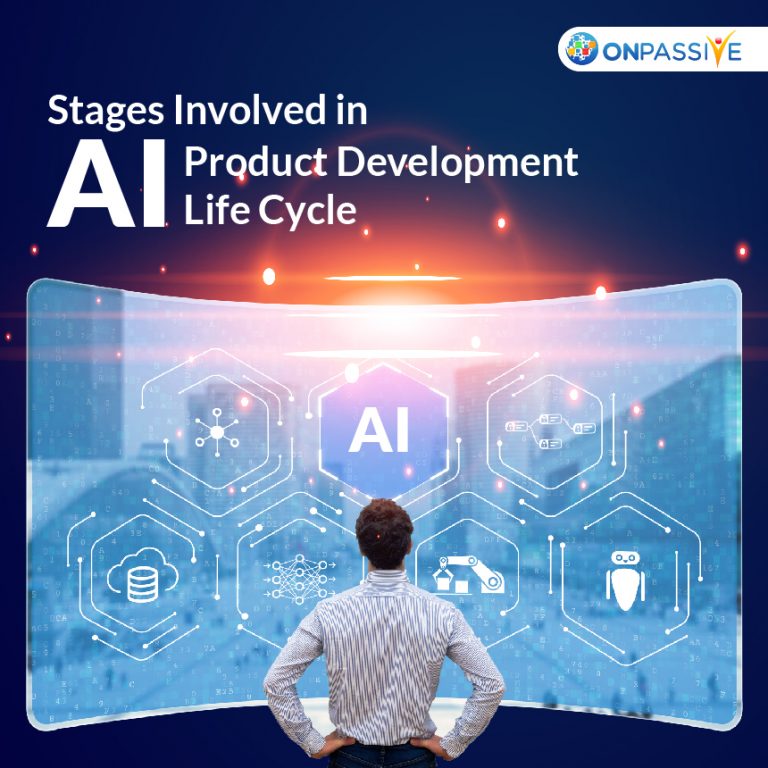
Before a product is launched in the market or released to the customers, it undergoes through a series of stages where the product’s efficiency is analyzed and ensured that it satisfies all the business requirements. These series of stages collectively is known as Product Development Life Cycle or PDLC.
Same way, when an AI-based product or solution is implemented, it also goes through a Product Development Process. However, there is not a standardized PDLC or any framework for implementing AI solutions.
Meanwhile, AI is also becoming an integral part of many businesses world-wide. Here, we will discuss different stages in AI product development life cycle (PDCL) that might be helpful for your business.
Stages Involved In AI PDCL
Understanding the Customer Problem
The first step is to look at the product from the customer perspective. For this, a team must be built that includes the product manager, marketing team, sales team and other teams that might help to know the customers.
It is really important to learn from the data and understand the problems that customer is facing and how these problems are impacting or will impact the business.
Design
Break down these problems into fragments. It will help to find out the pieces which require urgent attention. Focus on these complicated pieces and determine if the problem requires an AI solution (as most of the problems can be solved without AI).
Now wireframe the idea or design and convert it into a testable hypothesis. Study this hypothesis and develop an accurate prototype which is then tested in real-world to validate the idea.
It is crucial to make sure that the Product Manager is leading the design to ensure favourable outcomes. By the end of this stage, you will be provided with an operational prototype.
Business Analysis
Before the experiment, it is essential to gather information on various business requirements. This includes business values, goals and objectives, and find out any flaws that have to be addressed. Analysing business requirements will allow you to understand the priorities of the organization.
It will also help you get an idea about the impact of AI solutions, the risks involved, and the trade-offs. Once you examine all these information, you would now be able to organize the information and prioritize it. This will guide you to define the Key Performance Indicators (KPIs) and successful metrics at both business and product level.
Model Development
This stage requires great coordination and teamwork from the Product Manager and Data Scientists. It is the responsibility of the product manager to clearly explain the KPIs, goals and limitations to the data scientists. The data scientists carry out the research and propose a model to achieve the solution.
Now, the Product Manager and data scientists collaboratively evaluate the model and the trade-offs and come up with a final decision. Once the model is developed by the data scientists or developers, the next step is to determine if the model is appropriate to solve problems. It is important to experiment with the simplest approach or model to solve the problem to see if you are going in the right direction.
Evaluation
The model is now handed over to the testing team to analyse its efficiency before the release. They run the model and find out if it satisfies the KPIs, metrics and other objectives. Along with this, it is necessary to create and follow a framework that not only helps to identify and assess the risks involved but also to monitor and control those risks. Multi-funnel testing, A/B testing, multivariate are some of the testings leveraged to evaluate the model. If the model satisfies all metrics of the model, the product manager makes the final call for release.
Before implementing a project, it is crucial to understand the problem from the customer perspective as it builds the foundation for your project. There is no doubt that AI empowers your business and plays a significant role in its success.
However, it is equally important to determine if the problems really requires an AI solution. It is always better to implement AI for complex problems or areas that will improve the efficiency and productivity of your business.


